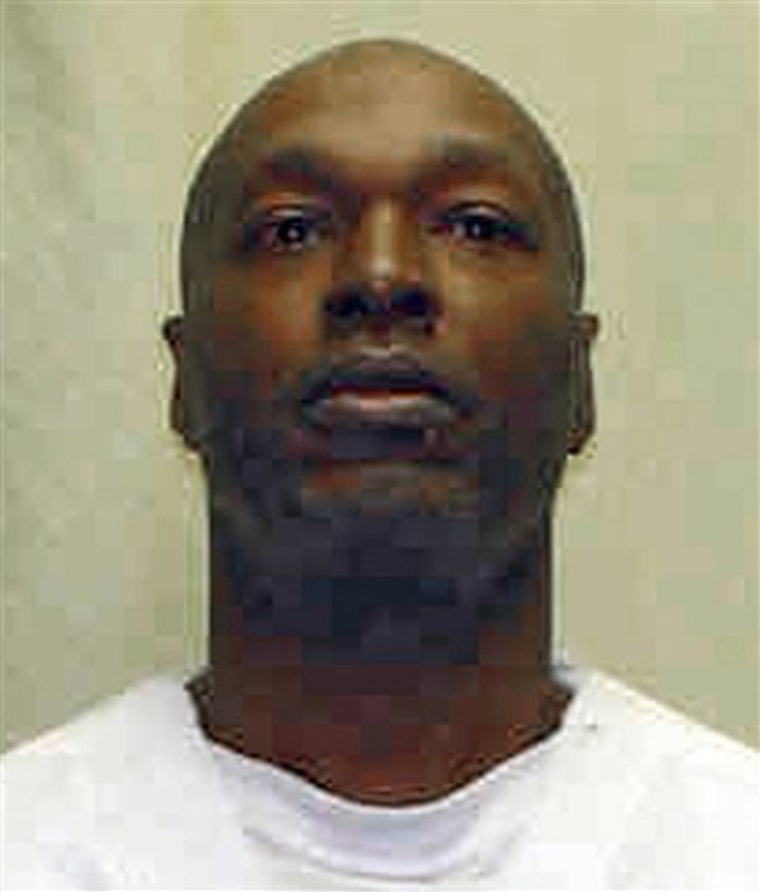An Ohio prison inmate fighting the state's second planned attempt to execute him may not have a valid pain-and-suffering claim, a federal judge said Wednesday.
Developments in a separate death penalty case this week that ended with an execution Tuesday appear to limit what killer Romell Broom can argue about the state's desire to put him to death, U.S. District Court Judge Gregory Frost said Wednesday.
The 6th U.S. Circuit Court of Appeals ruled Monday that death row inmate Kenneth Biros hadn't presented evidence that the state's new backup execution method could cause severe pain in violation of the U.S. Constitution.
Biros, 51, was executed Tuesday for killing a woman he met at a bar in 1991. He was the first person put to death in America with a single drug in a lethal injection.
"We all agree that Mr. Broom suffered some pain from that attempted execution process," Frost said. "We all agree that the state of Ohio intends to proceed again on a second attempt."
But Frost said he doesn't know what Broom's lawyers could present about Broom's experience that would overcome the 6th Circuit's ruling.
Court ruling appears to limit options
Frost said the appeals court ruling appears to limit Broom to his argument over whether the state has the right to carry out a second execution attempt.
Broom, 53, attended the hearing wearing an orange jump suit and shackled at the wrists and feet.
Following Broom's execution try on Sept. 15, which Frost has called a "debacle," the state changed its execution methods to one intravenous drug with a backup method involving intramuscular injection.
Broom said he was stuck with needles at least 18 times, the pain so intense he cried and screamed out. His attorneys say it would constitute cruel and unusual punishment for the state to try again and would violate Broom's double jeopardy rights, punishing him twice for the same crime.
"What happened to Broom on Sept. 15, 2009, at defendants' hands and under their direction was inhuman and barbarous," Broom's attorneys, Timothy Sweeney and Adele Shank, argued after the execution attempt. "It should not be permitted to happen again."
The state switched its execution methods with two goals: to end a 5-year-old lawsuit claiming that Ohio's three-drug system was capable of causing severe pain and to create a backup procedure if the first one didn't work.
Two-drug injection into muscle
That backup plan, untested on U.S. inmates, allows a two-drug injection into muscle if a usable vein cannot be found.
The only case similar to the botched Broom execution happened in Louisiana in 1946, when a first attempt to execute Willie Francis did not work. Francis was returned to death row for nearly a year while the U.S. Supreme Court considered whether a second electrocution would be unconstitutional.
The court ultimately ruled 5-4 against Francis, and he was put to death in 1947.
Broom was sentenced to die for the rape and slaying of 14-year-old Tryna Middleton after abducting her in Cleveland in September 1984 as she walked home from a Friday night football game with two friends.
The state opposes canceling a second try, saying Broom's execution was carried out according to the protocols then in place.
"There is no evidence that Broom suffered pain of such severity as to rise to the level of severe pain prohibited by the Eighth Amendment," Assistant Attorney General Charles Wille argued last month.
